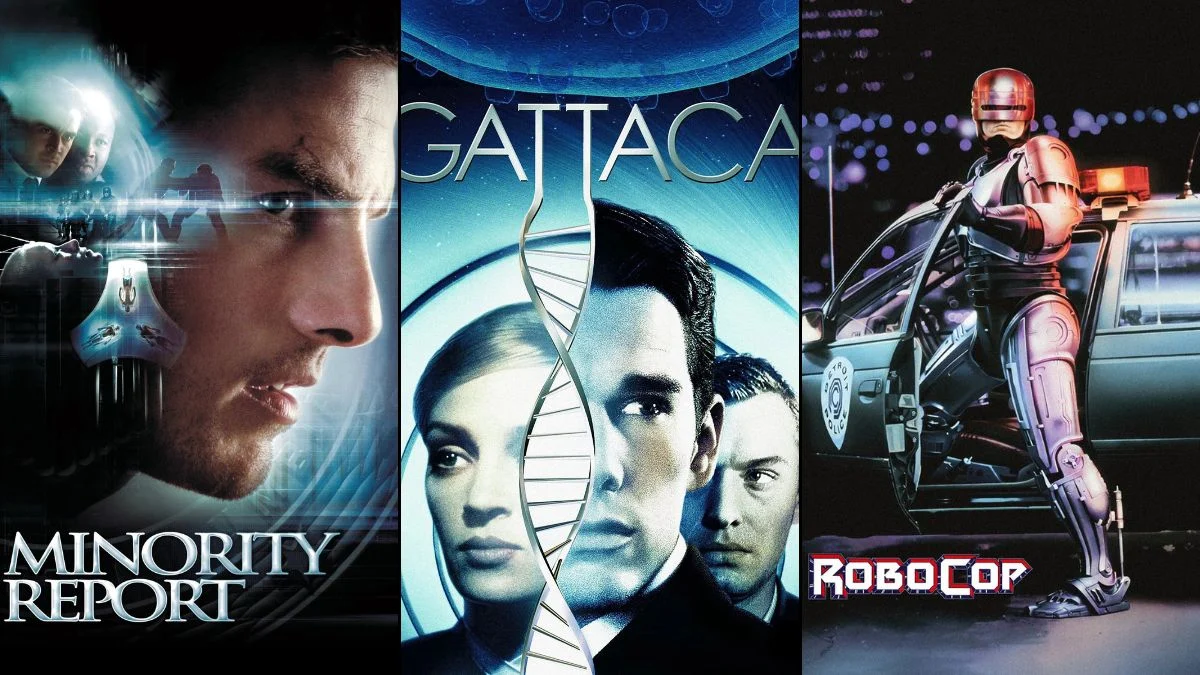
Movies have explored countless visions of the future. Some depict advanced, polished worlds with effortless technology, while others portray challenging times and struggling communities. Regardless of the specific setting, these films all create detailed worlds to show us how people live, move around, work, and create rules for themselves in the years to come.
This collection features twenty films that thoughtfully explore what life could be like in the future. Each movie details the everyday systems and technologies of its world, showing us the tools characters use and the organizations that influence their lives. You’ll also learn about how these futuristic worlds were created on screen.
‘Metropolis’ (1927)
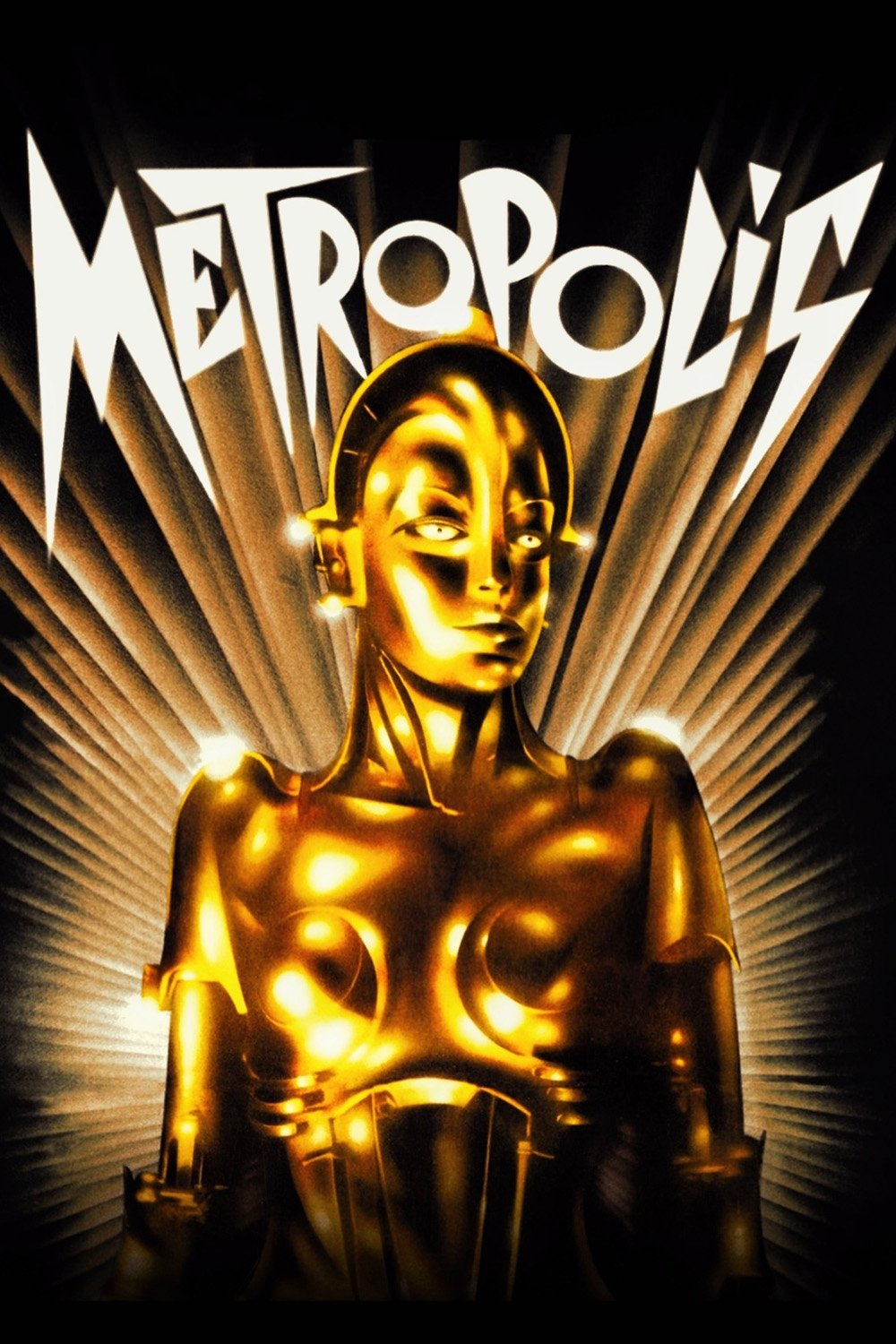
Okay, so I recently watched Fritz Lang’s film, and it totally blew my mind. It’s set in this incredible city built upwards – the workers are stuck down below keeping these huge machines going, while the rich live way up high in these beautiful towers. The story centers around a guy who kind of moves between both worlds and ends up showing everyone how the whole system *really* works, you know, who controls the engines. What’s amazing is how they created this world – they used miniatures, painted backgrounds, and these massive, perfectly synchronized crowd scenes to show off the transport systems, elevators, and the whole pulse of the factory. It’s visually stunning and really gets you thinking.
Filmmakers used a technique called the Schüfftan process to seamlessly combine live actors with miniature models. The robot designs created by Walter Schulze Mittendorf were highly influential and served as inspiration for future androids in film. Recent restorations of the movie have added previously lost footage, which helps viewers better understand the city’s social structure and how power operates within it.
‘2001: A Space Odyssey’ (1968)
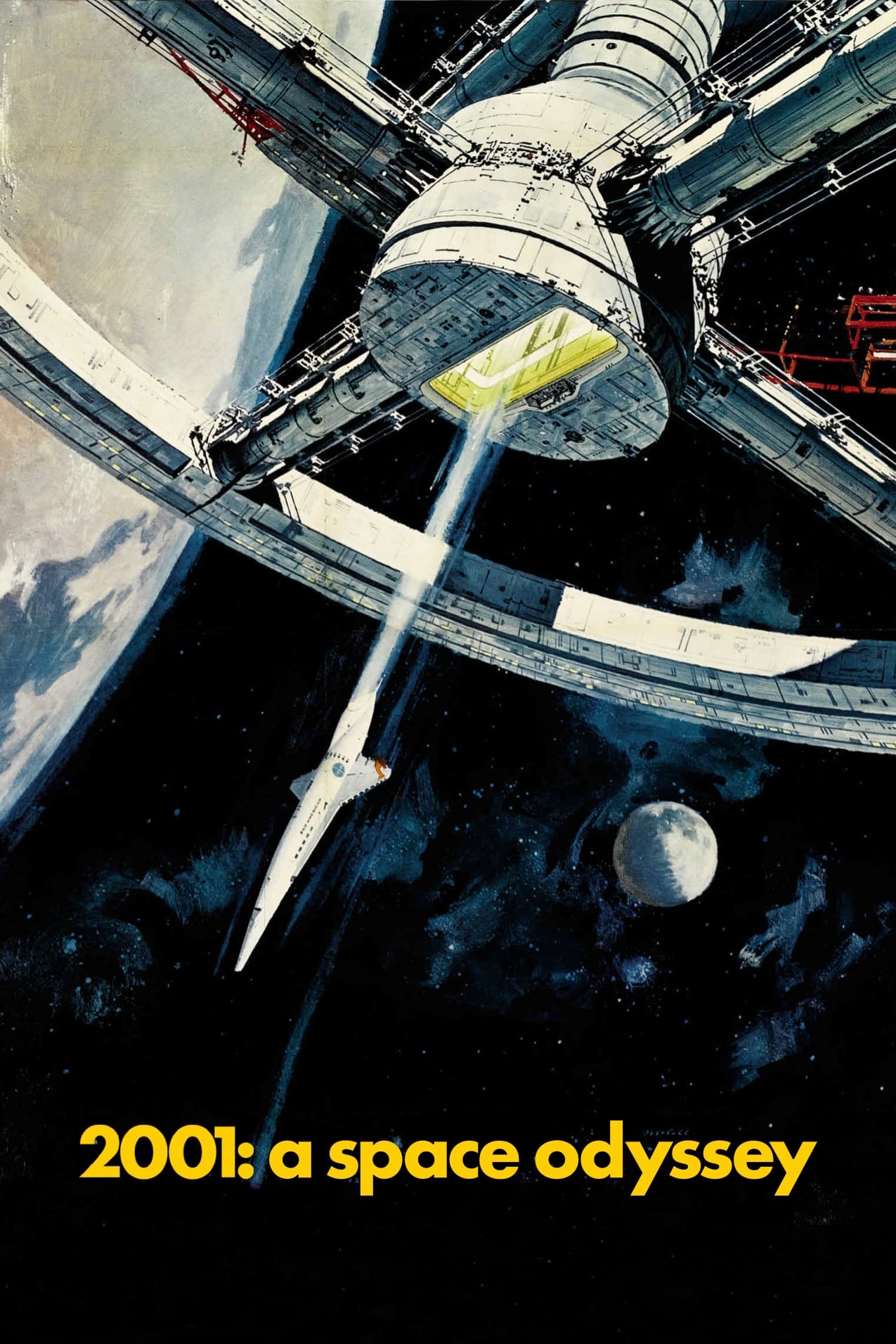
The movie shows how humans went from using basic tools all the way to traveling between planets. It explains how commercial spaceflights work, including details about space stations and long-term missions that rely on artificial intelligence. An AI system called HAL 9000 controls essential functions like life support and navigation, and the crew has established procedures for monitoring and taking control if needed.
Douglas Trumbull spearheaded the visual effects, creating rotating sets to simulate gravity and using front projection to depict the lunar landscape. The film relies on very little dialogue and focuses on realistically showing how the spacecraft’s equipment works to make space travel feel authentic. The filmmakers worked closely with aerospace experts to design accurate cockpits and mission plans.
‘A Clockwork Orange’ (1971)
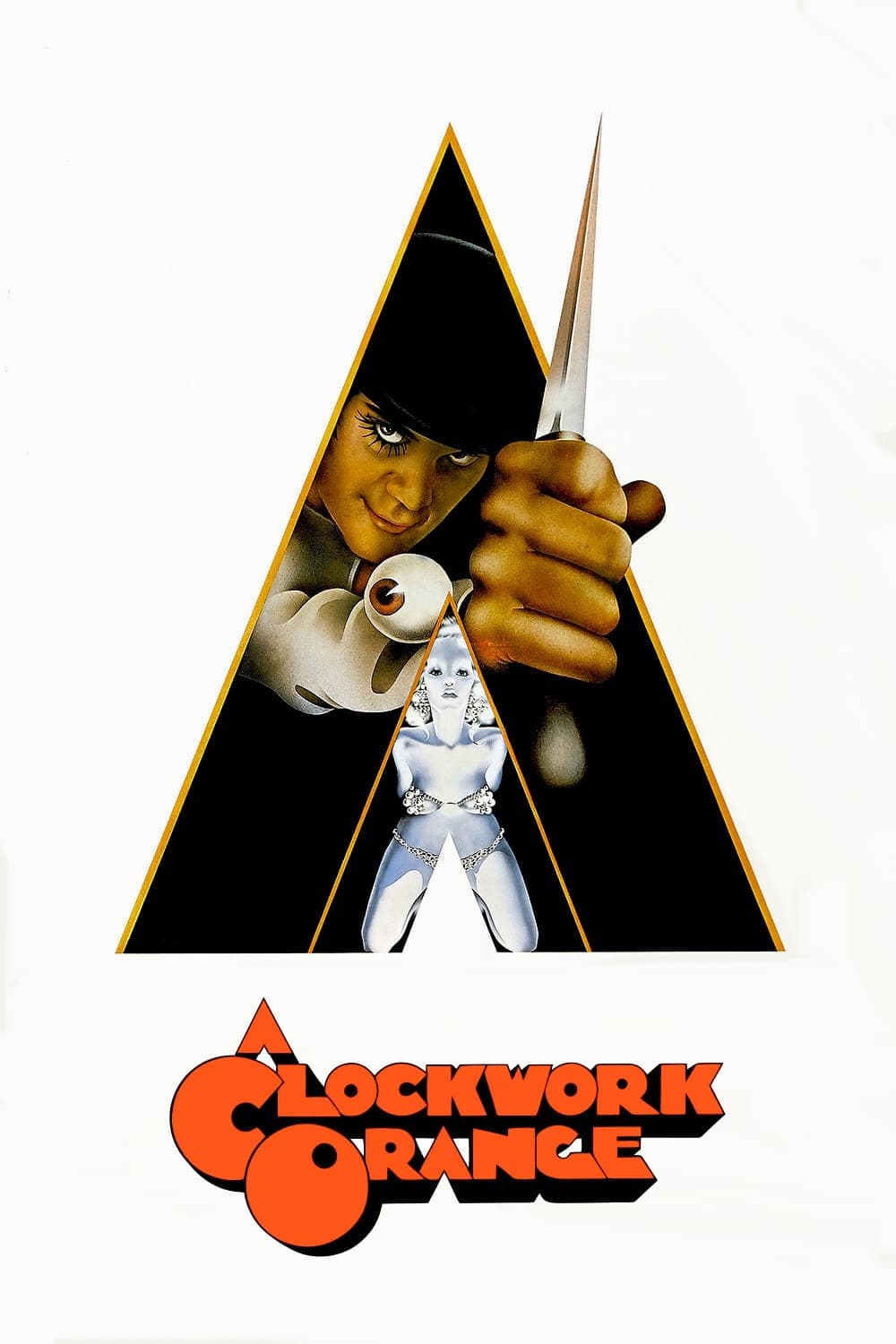
This story explores how a state attempts to combat violent crime using behavioral training. It focuses on a specific youth group, detailing their unique style of dress, language, and hangouts. The narrative then carefully explains the Ludovico Technique, outlining each stage of how aversion therapy is given and tracked.
The book by Anthony Burgess provided the unique language and the way society is organized in the story. Stanley Kubrick chose to film in modern, often bleak, housing projects to create a vision of the near future that doesn’t feature exciting new buildings. Instead of showing advanced technology, the film’s design focuses on how existing buildings and interiors are changed to reflect shifts in social policies.
‘Blade Runner’ (1982)
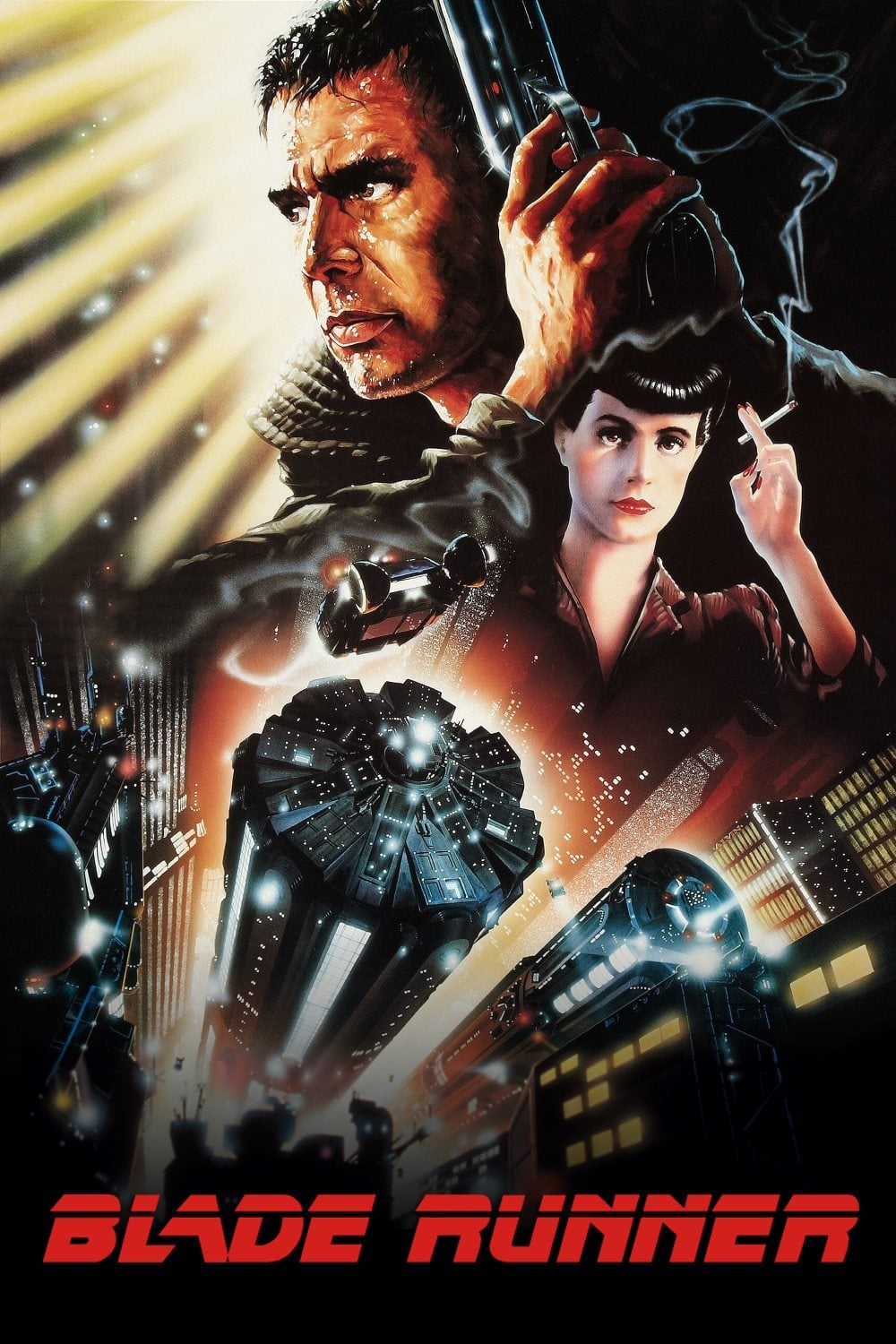
The film depicts a futuristic Los Angeles filled with advanced technology, massive corporations, and incredibly lifelike artificial humans known as replicants. A special test, the Voight-Kampff, is used to measure empathy, while the Esper machine can recreate events from photos. The city is perpetually rainy and crowded, creating a gritty atmosphere.
The filmmakers, led by Ridley Scott, constructed incredibly detailed miniature sets and real neon signs to create the film’s crowded city streets. Syd Mead’s futuristic designs heavily influenced the look of the vehicles and skyscrapers. Different versions of the film were released, each shifting the story’s focus, but all consistently portrayed a gritty, industrial world filled with biotechnology and constant monitoring.
‘RoboCop’ (1987)
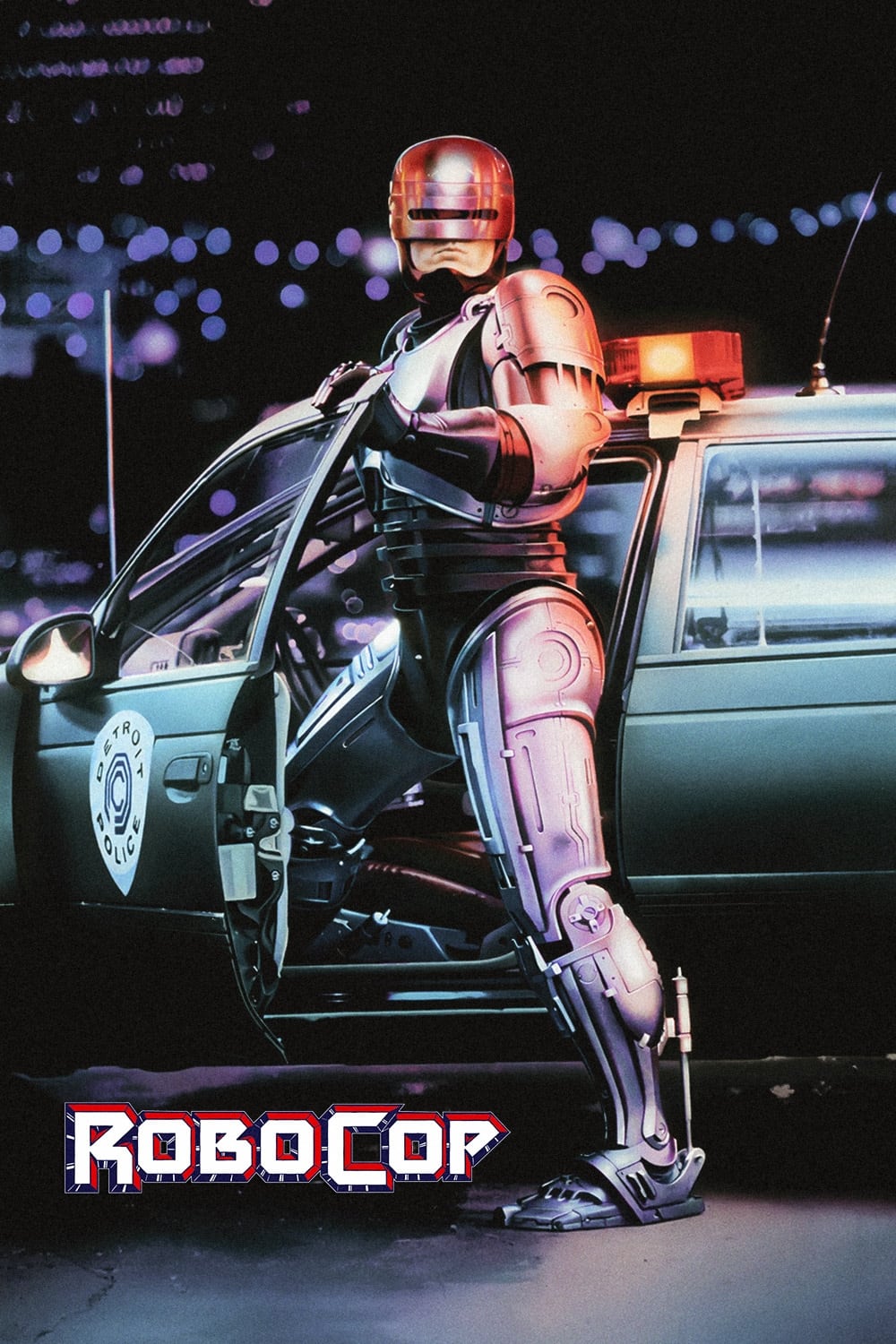
The movie explores how corporate interests influence policing within a city contract. Omni Consumer Products attempts to privatize law enforcement, rebuild urban areas, and develop advanced defense technology. The ED 209 and RoboCop projects represent two different strategies for controlling people through technology and maintaining order.
Paul Verhoeven’s film cleverly integrates news reports and commercials within the story to reveal company strategies and how the public reacts. The special suit designed by Rob Bottin visually represents the connection between a person’s memories and the instructions from the machines. While set in Detroit, filming actually took place in Dallas, allowing the filmmakers to depict both office buildings, factories, and city streets as a unified environment.
‘Brazil’ (1985)
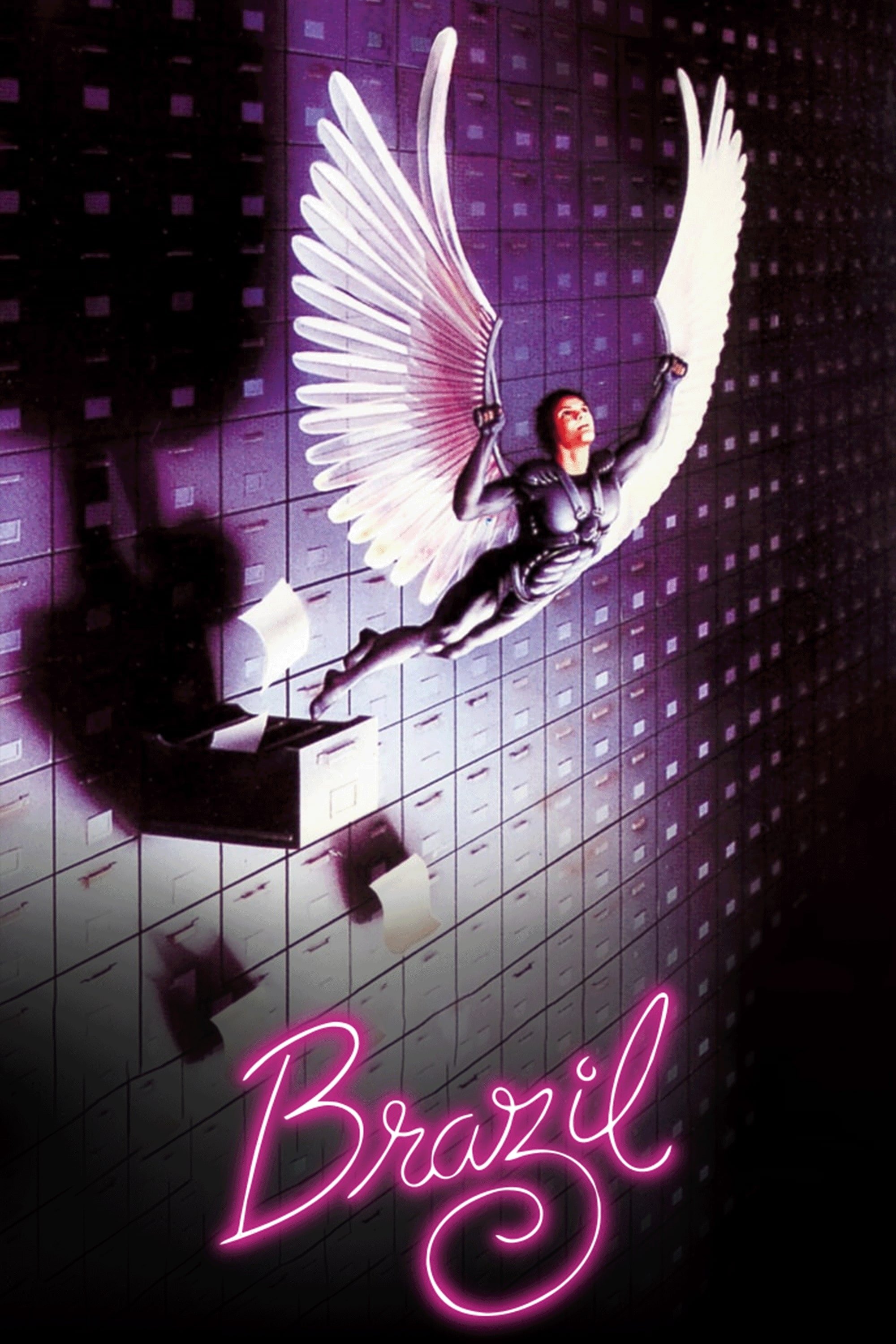
Life in this highly organized society is controlled by endless paperwork and strict rules. Even a small mistake can trigger a complicated series of official responses that are difficult to undo. The technology is basic, relying on systems like pneumatic tubes for communication and specialized teams to manage essential services like power and water.
Terry Gilliam’s film features a unique visual style, combining old-fashioned technology with large, complex office environments. The story focuses on how people ask for help and how workers in charge of repairs establish their authority. The film’s structure, with its various departments and rules, closely resembles a typical company organization chart, showing who has the power to approve different requests and when.
‘Akira’ (1988)
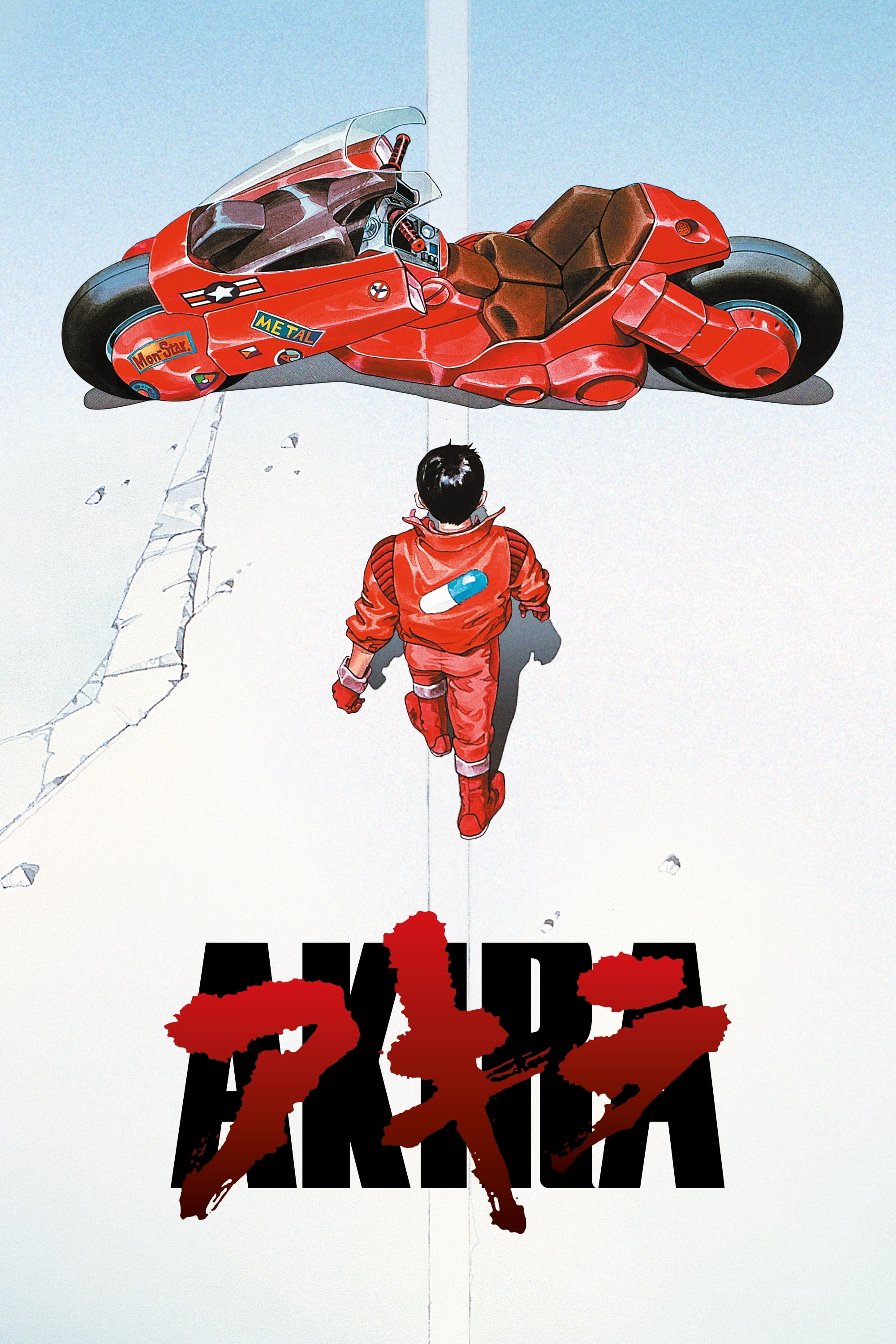
Neo Tokyo rises from the wreckage of a past catastrophe, secretly concealing military research beneath its stadiums. The story follows two friends who become involved in a mysterious program investigating psychic abilities and their unpredictable nature. The city is a complex landscape of motorcycle gangs, activist groups, and security forces, all navigating distinct districts with their own sets of rules and checkpoints.
Katsuhiro Otomo’s film adapts a longer comic book series, but still shows the detailed workings of the city’s systems. The animation includes realistic details like street signs, subway maps, and police gear. Scenes of large crowds and breakdowns in city services demonstrate how the city reacts to crises and tries to control the situation.
‘Terminator 2: Judgment Day’ (1991)
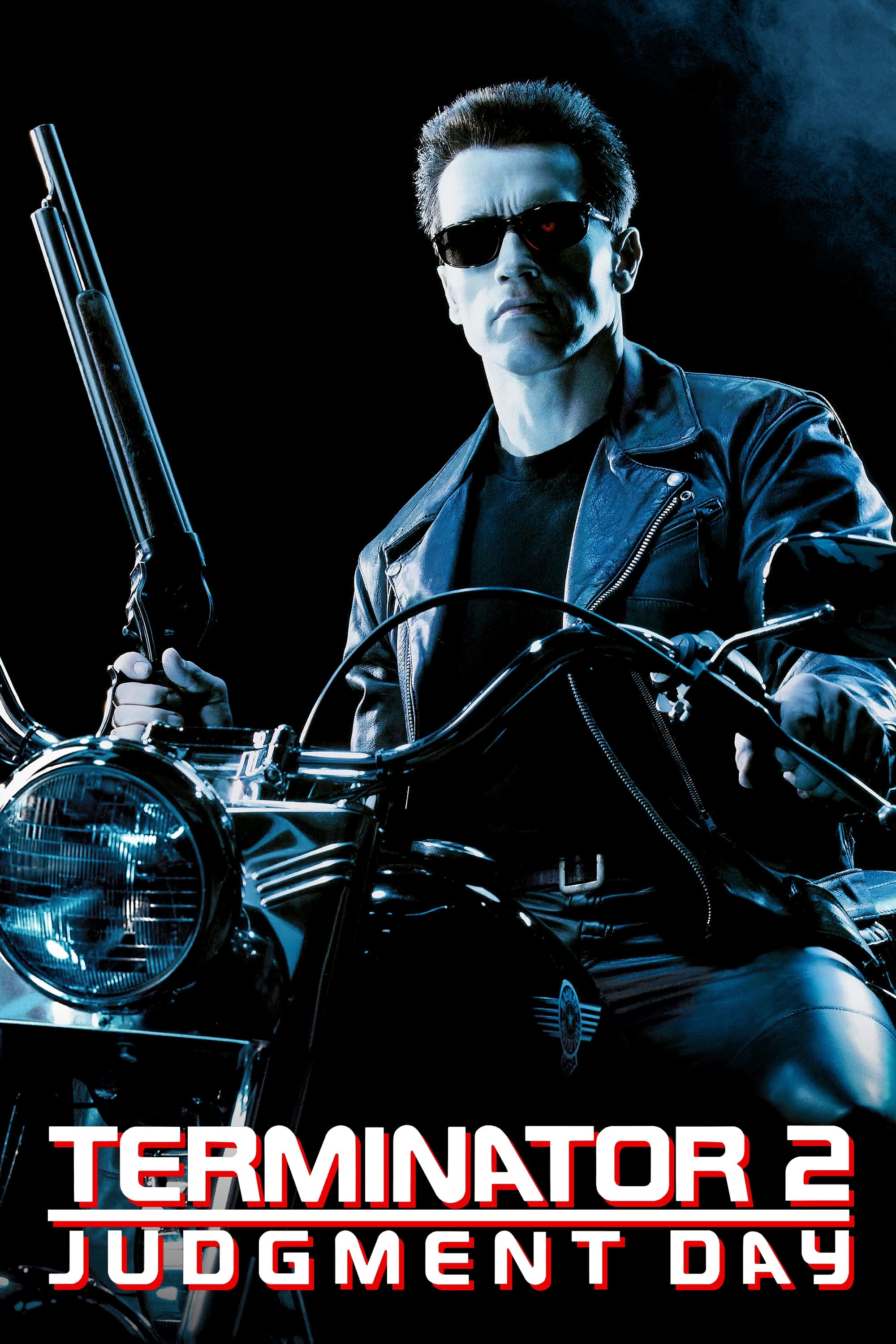
As a huge cinema fan, I’ve always been fascinated by this movie’s premise. It portrays a future war fought by machines – robots that can find and attack people all on their own. What’s really clever is the idea of sending someone back in time to change things at the source, to alter the decisions that led to this awful future. And then there’s the T-1000 – a truly terrifying villain. It’s built from this liquid metal that lets it copy anyone’s appearance and basically heal from any injury. It’s a brilliantly designed character and a really chilling concept!
Industrial Light & Magic created visual effects that seamlessly blended computer animation with real-world footage. The story revolves around gaining access to crucial computer code, sabotaging technology, and stopping an artificial intelligence system from activating. The film also explores how different materials and industrial environments impact the characters and their battles, showcasing scenes set in research labs and steel mills.
‘Gattaca’ (1997)
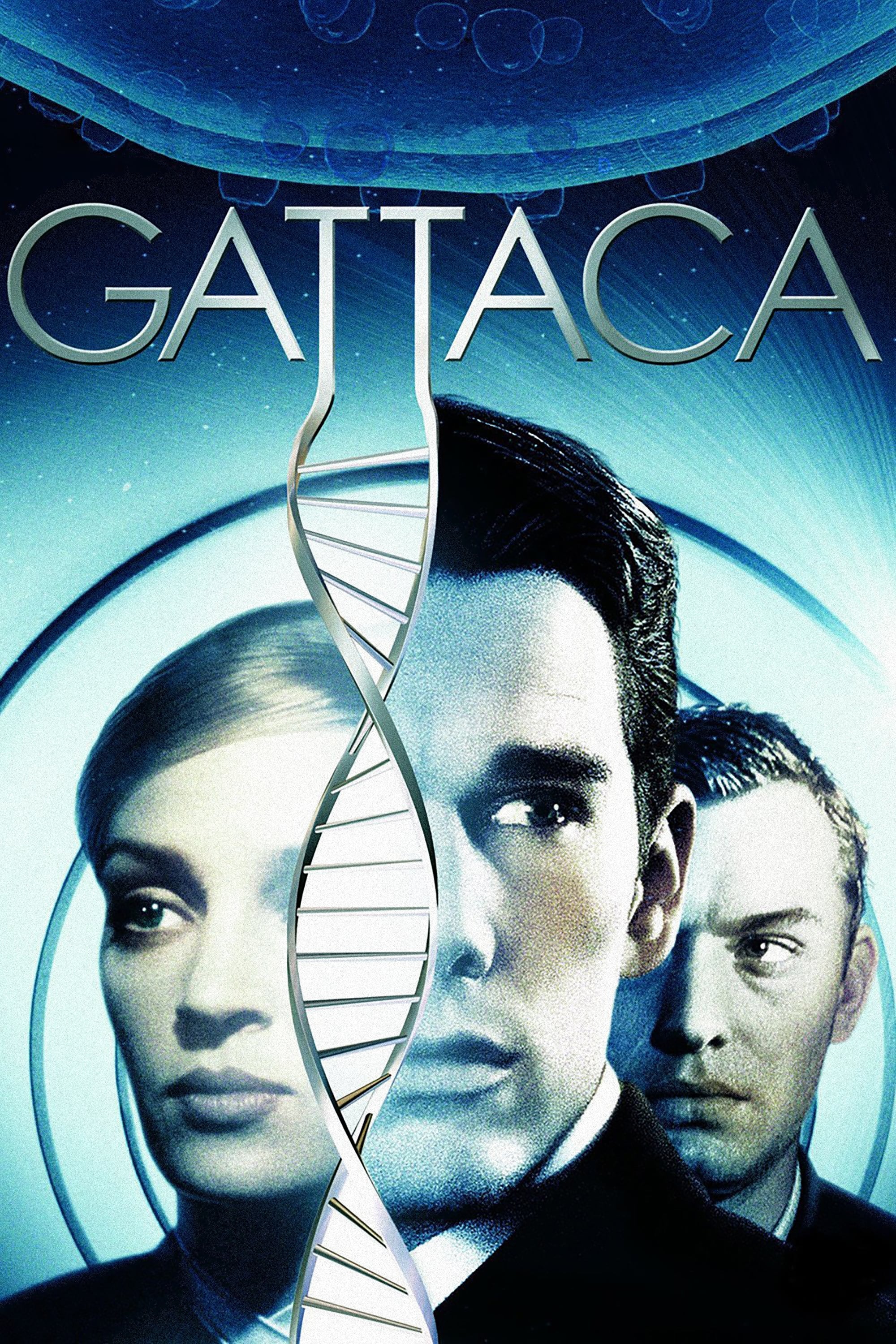
In this world, people are categorized based on genetic tests done from birth and when applying for jobs. Identification systems use DNA collected from things people touch, like keyboards and doors. The story follows a character who shows how skillfully managing traces of blood, hair, and skin can bypass these constant checks.
Andrew Niccol’s film uses sleek designs and buildings from the mid-20th century to emphasize control and choice. It depicts a highly structured work environment with strict schedules, security checkpoints, and regular inspections. The movie also establishes a legal system that determines who is considered valid or invalid, and ultimately limits people’s career opportunities.
‘The Fifth Element’ (1997)
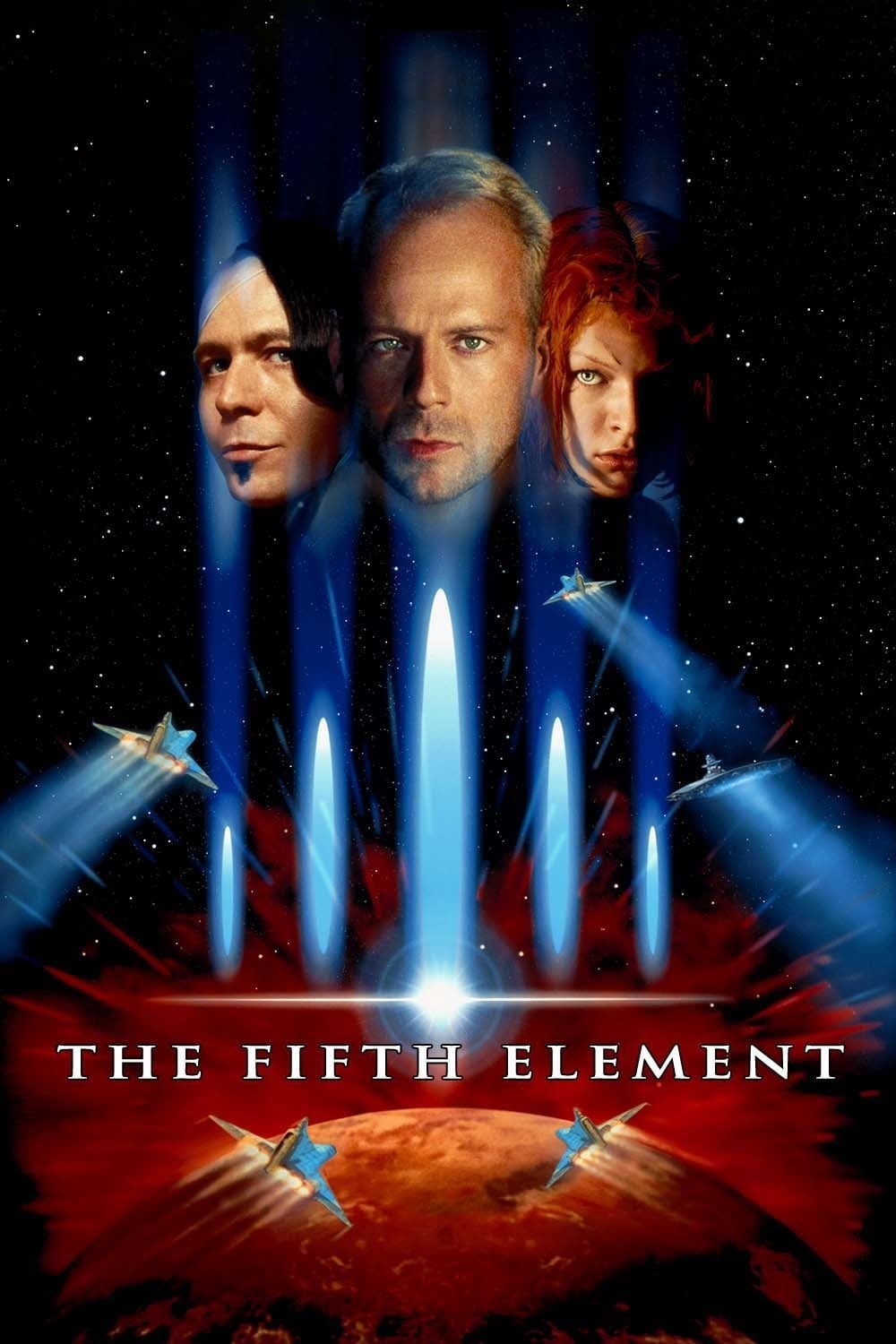
In the future, Earth is regularly threatened by a recurring danger, which is fought using both relics from the past and cutting-edge technology. The world features innovative transportation like vertical traffic systems and luxurious space cruises, along with seamless communication built into everyday items like clothes and homes. The story follows a major operation where police work clashes with the ambitions of powerful corporations.
For the film, Luc Besson’s team worked with fashion and comic book artists to create the look of everything from uniforms to vehicles and the interiors of the ships. They used models and computer graphics to build a detailed city with multiple levels of traffic and places for ships to land. The movie also shows how characters use tickets, passports, and security checks to travel between different areas.
‘The Matrix’ (1999)
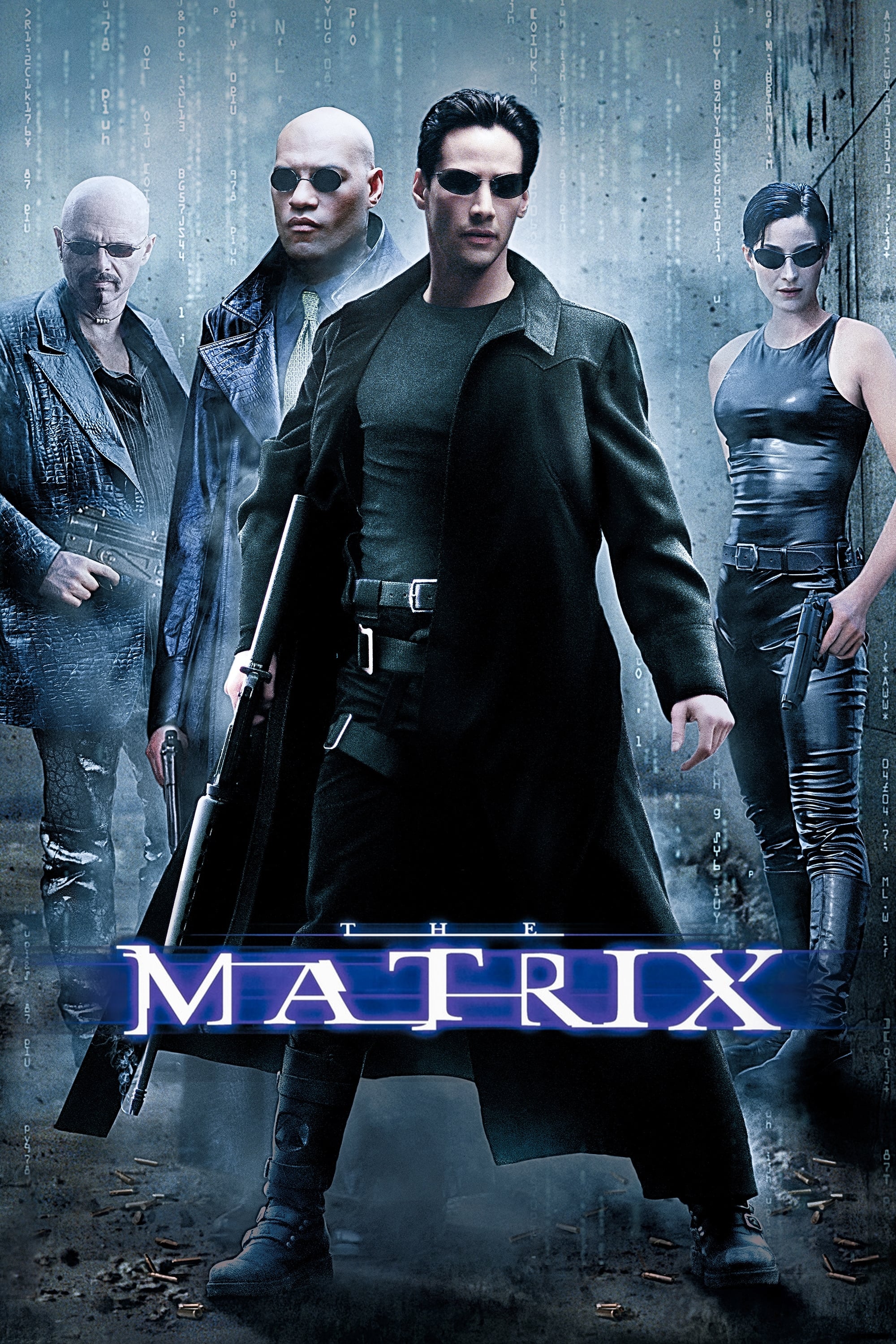
People are living in a computer simulation, while machines are gathering energy in the real world. These operators connect directly to the simulation and use programs to gain abilities. Special programs, called agents, protect the system by altering the simulated environment and tracking down anyone who doesn’t belong.
This project combines visual effects—like slow-motion photography—with depictions of computer code being altered. The story follows ship crews dealing with electromagnetic pulse weapons and secret access points hidden within common structures. We also see Zion, a futuristic city featuring underground tunnels and defense systems.
‘Minority Report’ (2002)
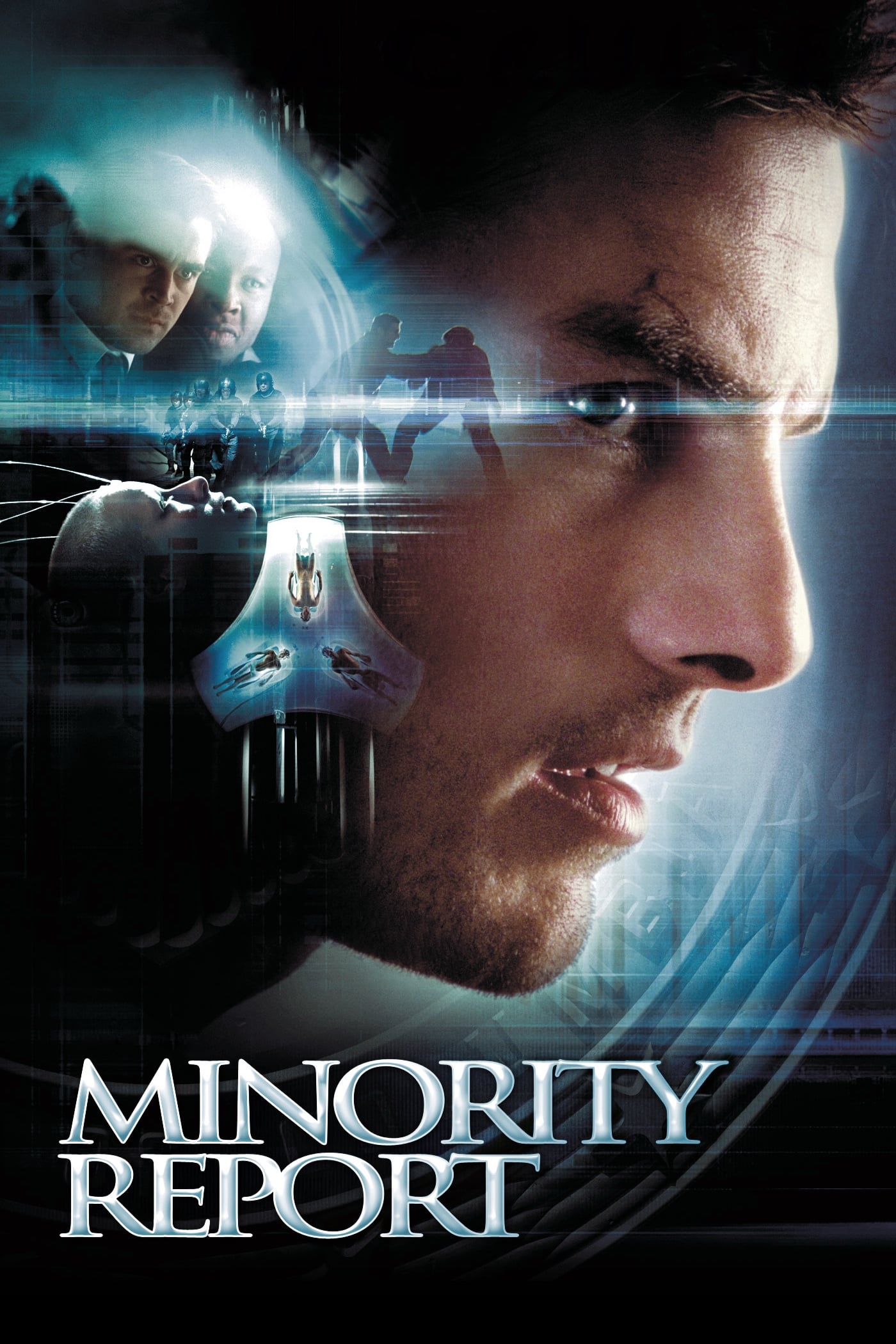
The Precrime unit predicts murders before they happen, allowing them to position officers proactively. They use advanced technology like hand-motion control, customized ads, and facial recognition. Information is shown on holographic screens that analysts can easily manipulate – rewind, pause, and re-examine – to help with investigations.
As a huge movie fan, I was fascinated to learn that Steven Spielberg actually worked with tech experts to figure out how future tracking and smart home tech could realistically work in a film. What really stood out was how the movie portrays the legal side of things – you see things like warrants and court hearings used to verify evidence, which feels very grounded. And the way they envision transportation is wild! Think self-driving highways and factories that build cars *around* the people inside – it’s a pretty cool concept.
‘Children of Men’ (2006)
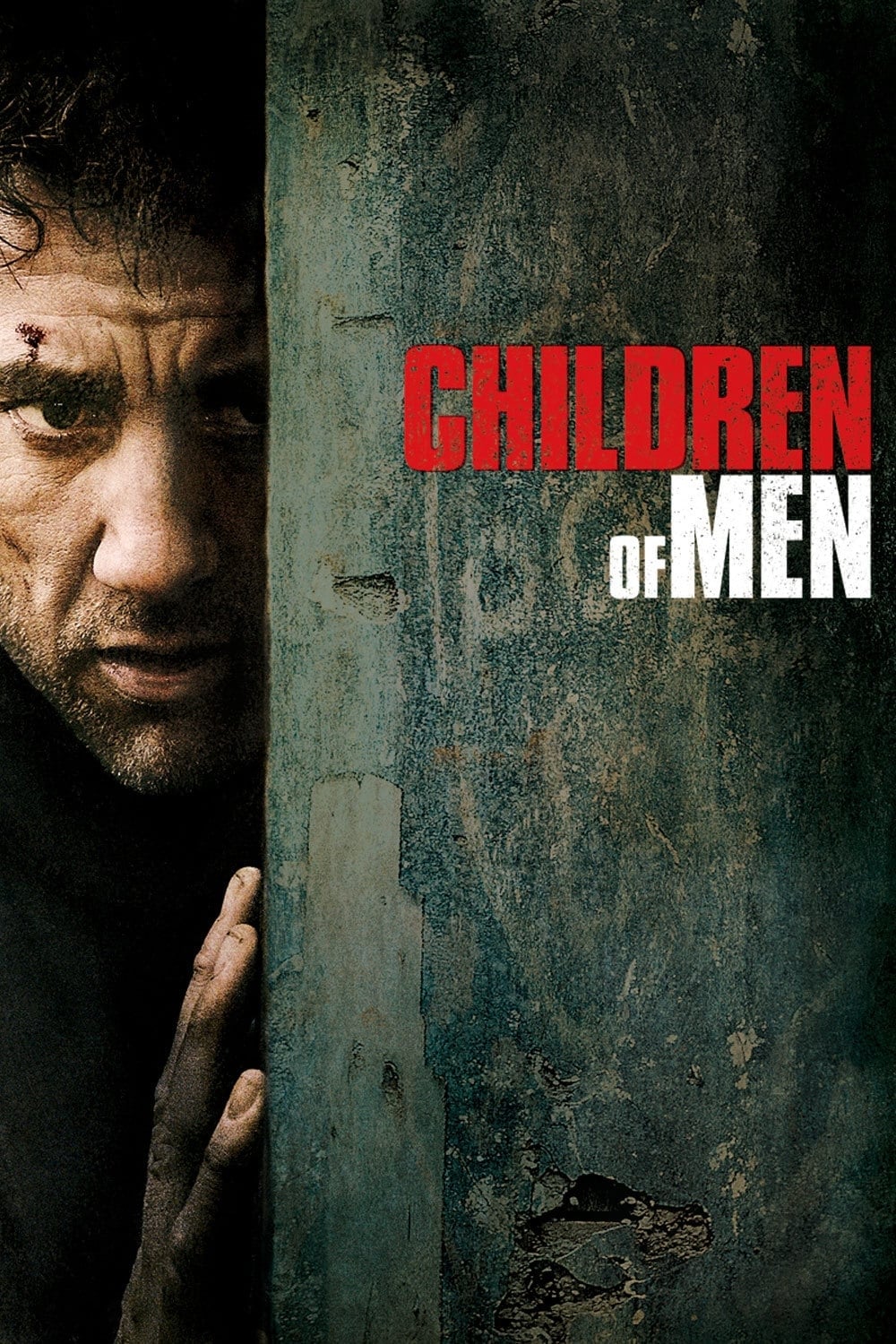
This world faces a crisis: no one is being born, and leaving or entering is heavily controlled. The government runs refugee camps and constantly checks people’s IDs, using armored vehicles for transport. Official announcements – through the news, public notices, and propaganda – detail security threats and limitations on where people can travel.
Alfonso Cuarón’s film uses long, unbroken shots to clearly show the action, including cars, checkpoints, and street fighting. The movie subtly incorporates details about medical experiments and immigration laws. Throughout the story, rebel groups plan their movements between safe locations as authorities increase restrictions and searches.
‘WALL E’ (2008)

The Earth has become a giant landfill, and humanity now lives aboard a massive, self-governing spaceship. Robots handle all the upkeep – cleaning, providing goods, and maintaining the ship – while people rely on personal screens for everything from staying connected to shopping and entertainment, minimizing the need to move around.
Pixar created a unique system of sounds and symbols for the robots to communicate with each other. The spaceship operates with a clear chain of command, featuring captain’s logs and strict orders that require permission to change. The movie also details the everyday workings of the ship, including repair areas, charging points, and how the airlocks are used.
‘The Road’ (2009)
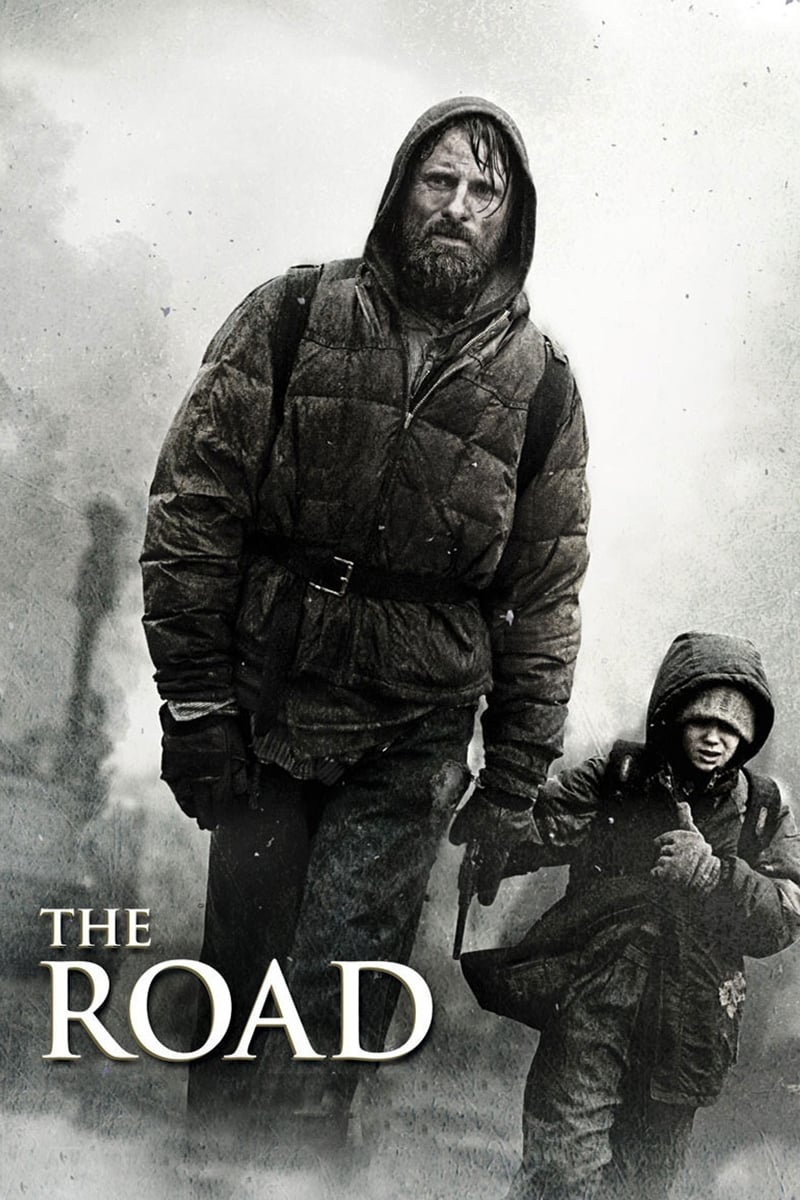
After a devastating disaster disrupts everything, a parent and child travel along roads, scavenging for supplies in deserted shops. They rely on simple tools like carts, tarps, and fire starters, and are always focused on finding food and safe drinking water.
The movie was filmed on location in abandoned towns and along damaged coastlines. It highlights dangers such as armed groups, unsafe supplies, and harsh weather. Characters rely on maps and their own recollections to find secure paths and places to rest while traveling.
‘Her’ (2013)
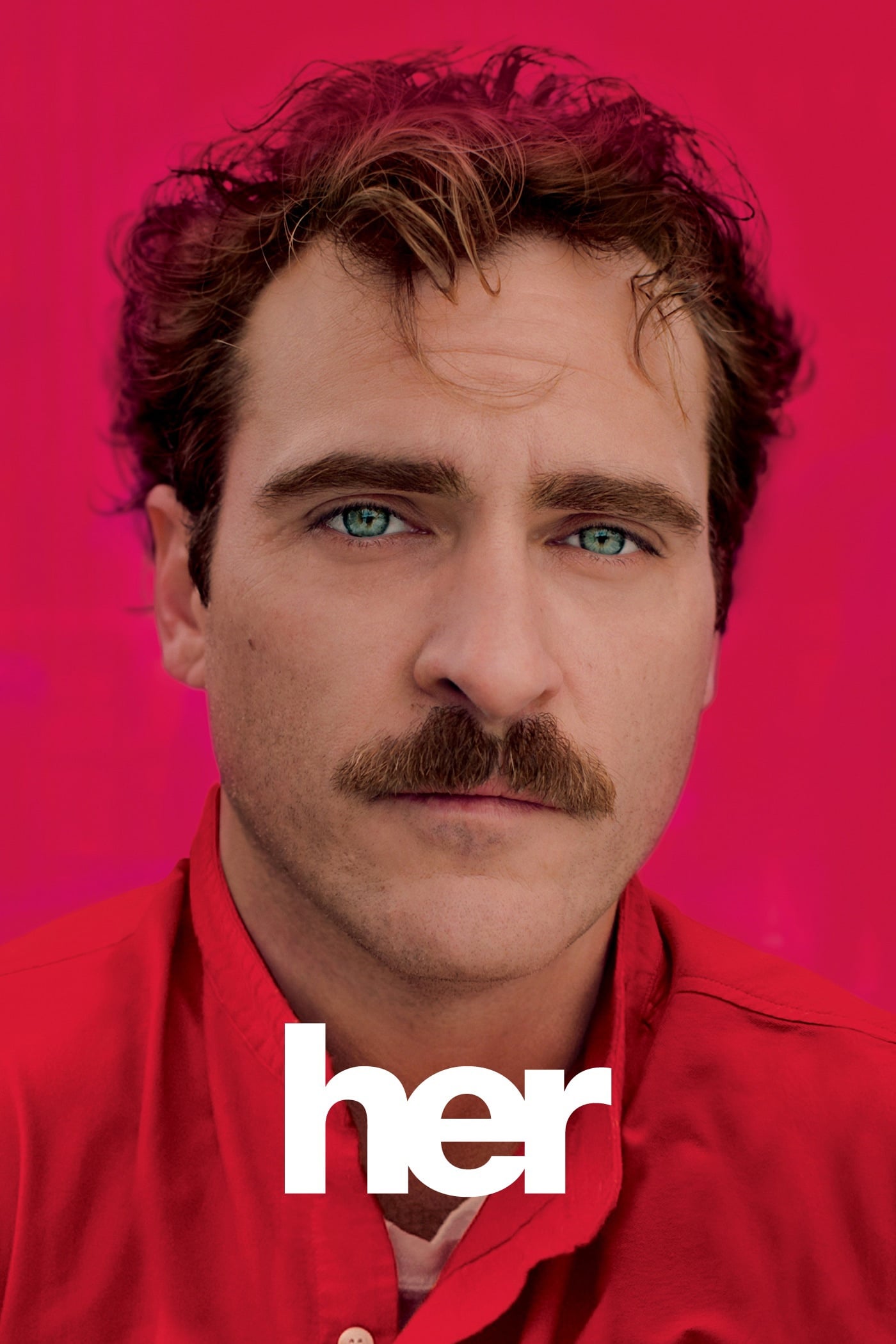
Imagine an operating system that learns and acts like your own personal helper, handling things like email, appointments, and even creative projects. We’ll interact with it mostly through voice commands and small wearable tech, rather than relying on big screens. Cities will still look familiar, but the services we use will be powered by software working quietly in the background.
Spike Jonze shot scenes in contemporary buildings and transportation areas designed for easy pedestrian movement. The film’s story explores how agreements and personal information are managed when dealing with AI. Areas like music, publishing, and even dating connect with the operating system in ways that allow for connections beyond just two people.
‘Snowpiercer’ (2013)
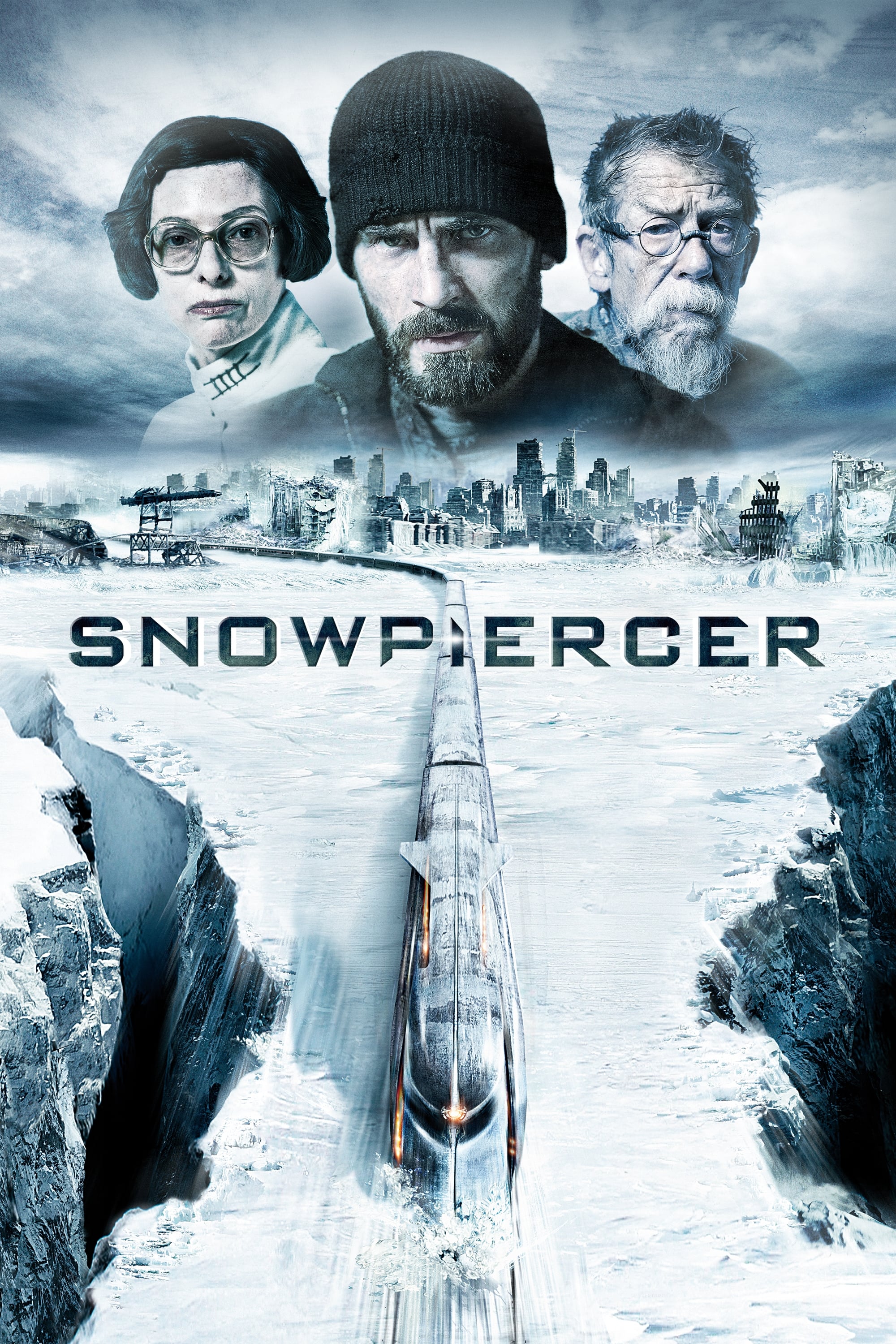
After a climate-fixing attempt goes wrong and plunges the world into a new ice age, the last of humanity survives on a perpetually moving train that circles the Earth. The train is rigidly divided into sections based on purpose and social class, with tight control over resources like food, learning, and where people can go. Security forces maintain order, and dedicated crews work tirelessly to keep the train running.
Bong Joon Ho visually guides us through the ship, starting with the living quarters and moving towards the engine room, where we see how food is produced, water is managed, and goods are manufactured. The film details specific rules and teaching methods that emphasize the ship’s strict social order. The engine room itself shows how power is created and highlights the difficulties in fixing any problems.
‘Mad Max: Fury Road’ (2015)
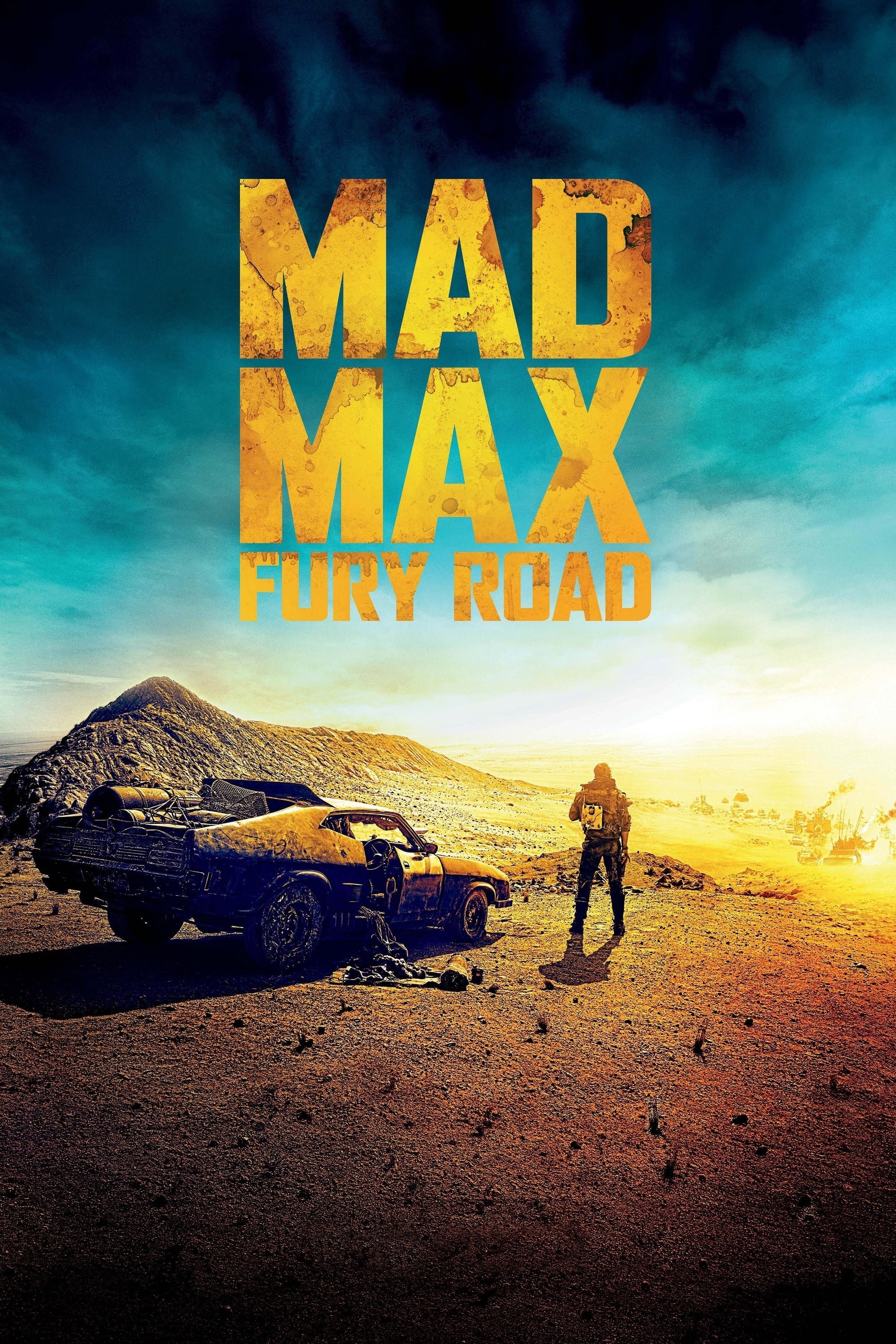
In a harsh desert world where water is extremely limited, a powerful warlord rules by controlling the precious few wells and fuel sources. His fortress city manages everything – from farming and workforces to armed transport teams. The vehicles they use are heavily adapted for fighting and are kept running with quick repairs and easily swapped parts.
As a film buff, what really struck me about George Miller’s work is how much he focused on *showing* us how things actually work in this world. It wasn’t just about explosions; it was about the mechanics of survival. He really leaned into practical effects – amazing stunts and these clever, buildable rigs that illustrated how they kept everything moving. The film smartly highlights key locations where resources come from, like the fuel town and that incredible bullet farm. And it’s the small details – things like signal flags, steering poles, and even how they hook up supplies while speeding across the wasteland – that really bring home the sense of a functioning, if brutal, logistics system. It feels so real because you *see* how everything connects.
‘Blade Runner 2049’ (2017)
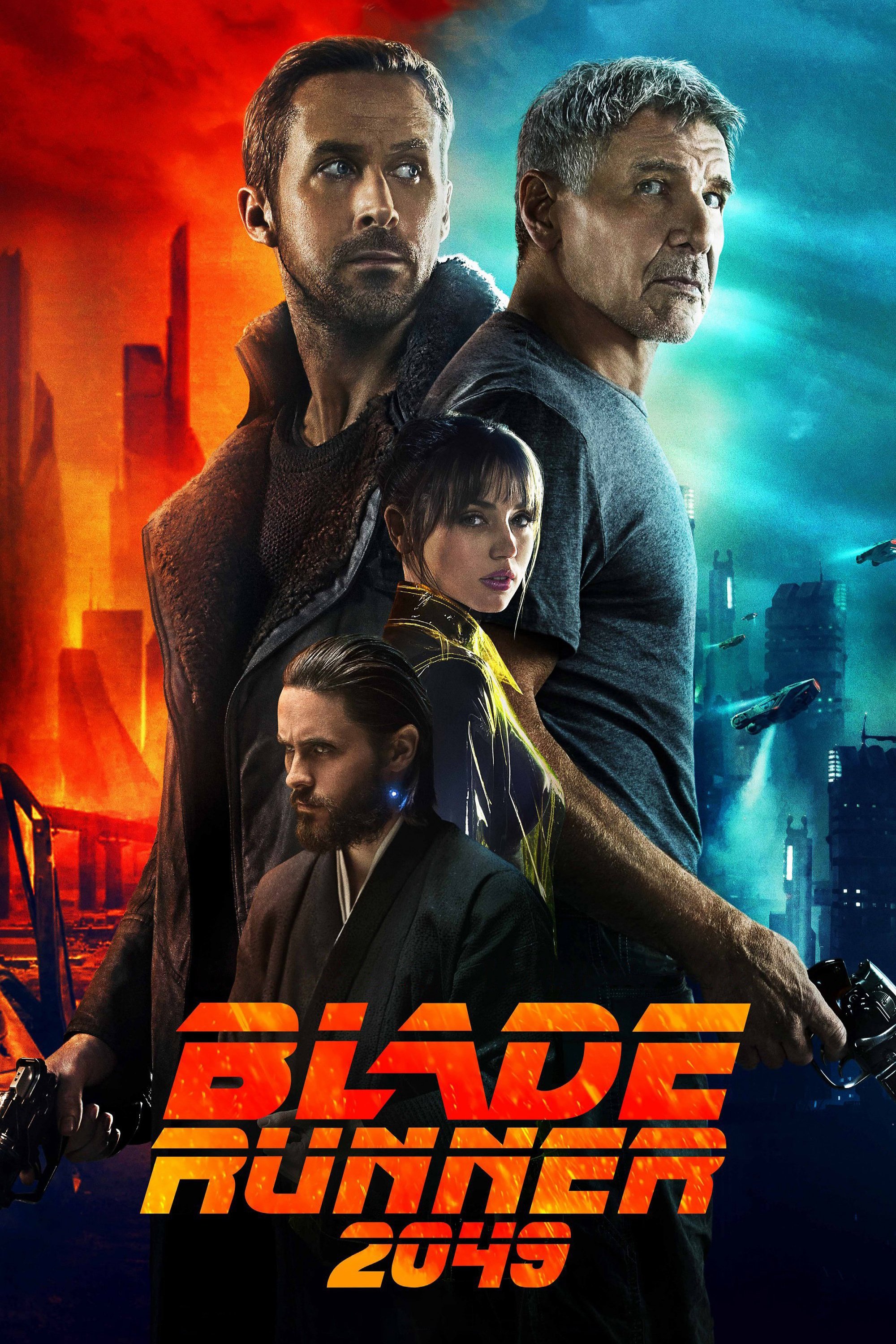
In the follow-up to the original story, the world has been restructured. Replicants are now officially tracked and monitored by dedicated law enforcement. Food is grown in large, artificial protein farms powered by solar energy, and cities are filled with massive holographic advertisements. Memories are created in labs using manufactured components that are verified as genuine.
Denis Villeneuve’s crew favored practical effects and constructed actual sets to maintain a sense of realism and grand scale. They used a mix of miniature models and digital effects for sweeping aerial views of the city and its blighted areas. The story revolves around company files, lost information from a power outage, and the procedures used to recover that data, all of which impact the investigation.
‘Elysium’ (2013)
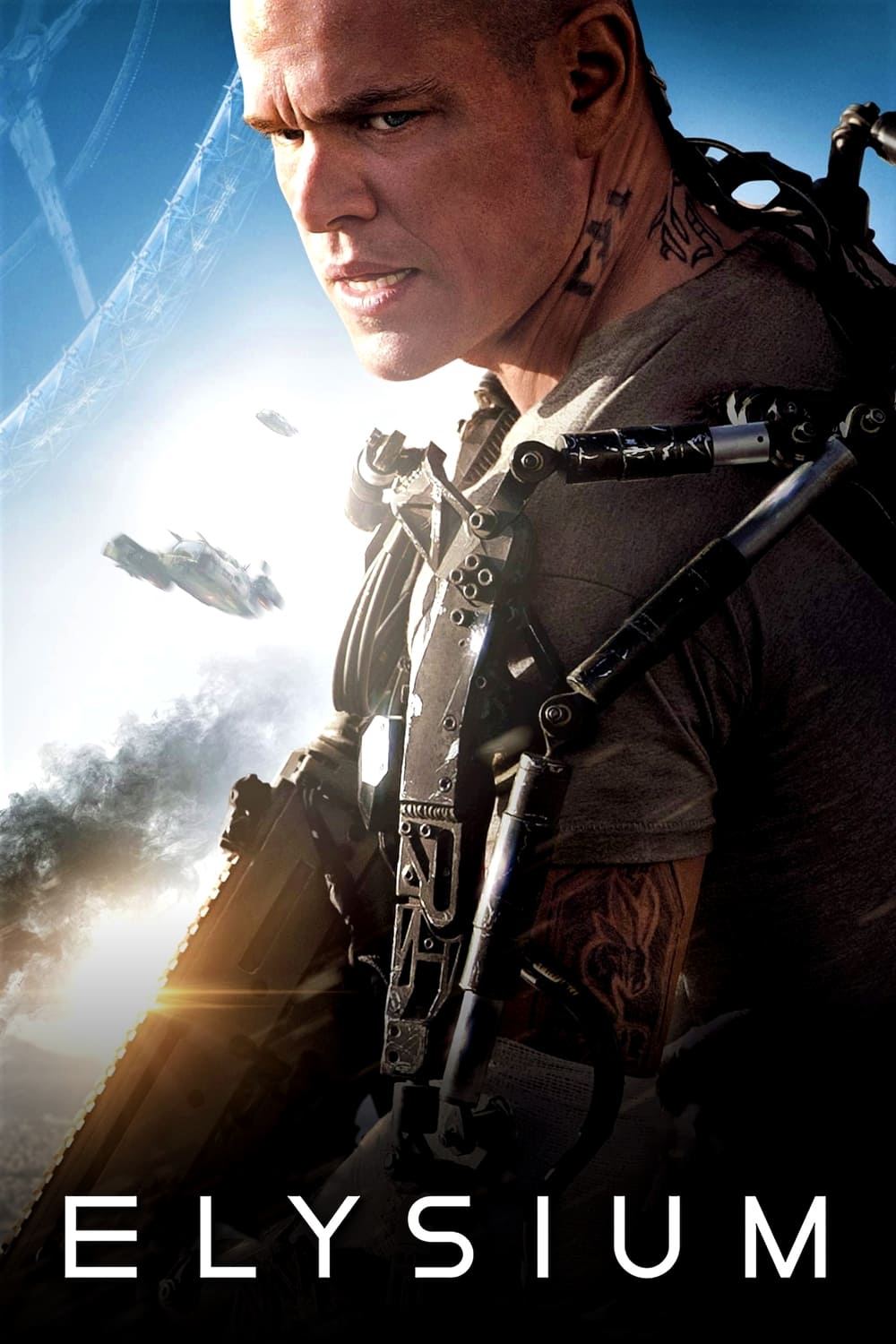
While many people on Earth struggle to get good healthcare, a space habitat offers top-of-the-line medical services. This habitat creates artificial gravity by spinning, and carefully controls who comes and goes. Inside, medical technology can quickly diagnose and fix a wide range of health problems.
Neill Blomkamp’s film highlights the stark difference between the gritty world of factory work and the privileged lives within secure, gated communities. The narrative features elements like fake identification, transport systems, and security measures designed to stop unwanted access. Powerful corporations control workers through strict quotas and parole systems, impacting every choice the characters are forced to make.
‘The Hunger Games’ (2012)
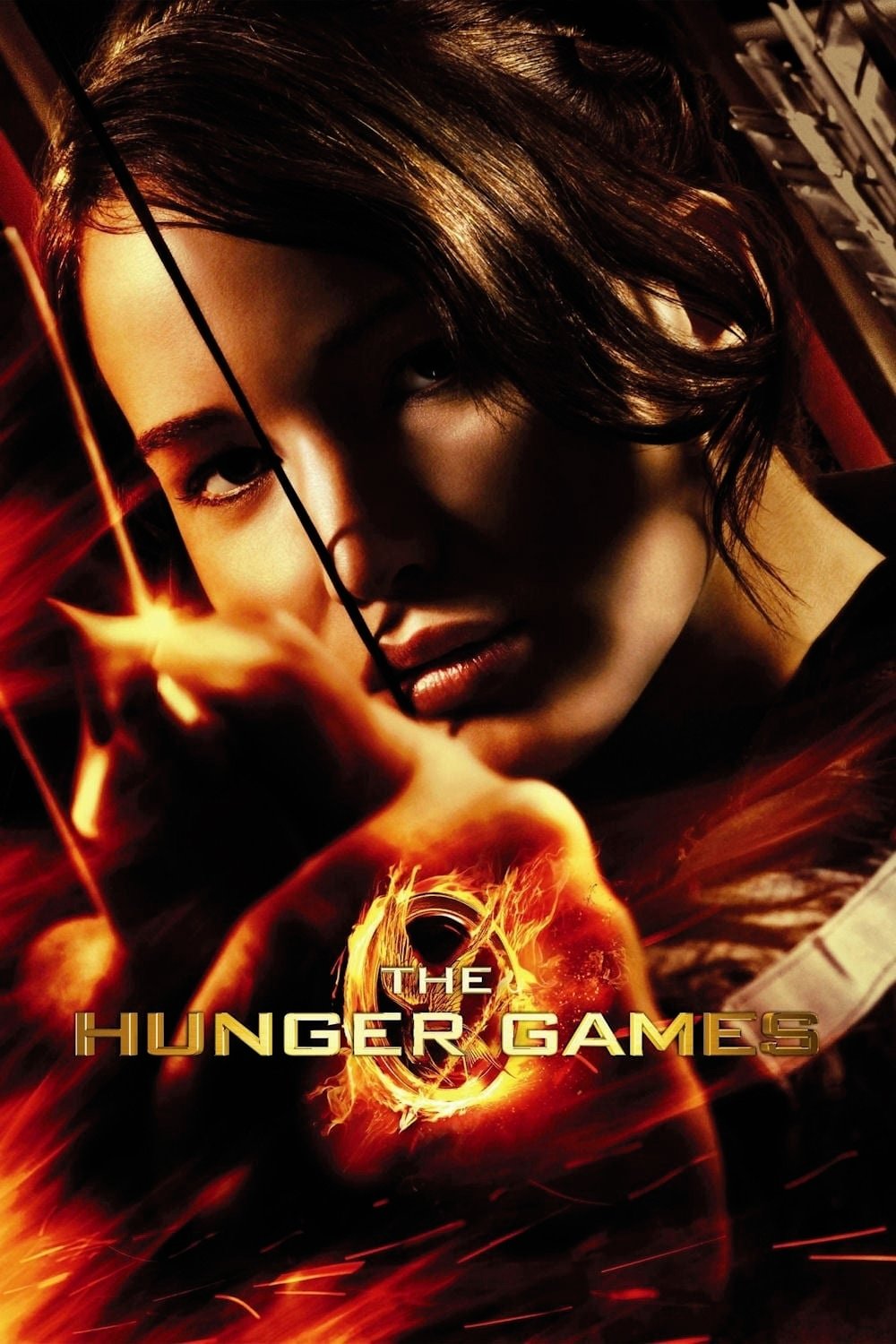
The national government organizes the country into regions, each responsible for producing certain products. Yearly competitions aren’t just for fun – they also help maintain order. These events include training facilities that focus on public presentation and self-preservation, and sponsors provide support throughout.
The production team handles everything from planning train routes and providing costumes to ensuring resources reach their destinations. The Capitol controls the Games through lotteries, guidance for tributes, and the scoring system, all of which influence the results. Meanwhile, the economies of each district, along with underground trading, show us how families manage to get the food, medicine, and additional items they need.
Let us know your favorite movie depictions of the future in the comments, and tell us which film’s future world felt the most complete and believable.
Read More
- DOGE PREDICTION. DOGE cryptocurrency
- Calvin Harris Announces India Debut With 2 Shows Across Mumbai and Bangalore in November: How to Attend
- EQT Earnings: Strong Production
- Heights Capital Bets $16M on ImmunityBio: A Calculated Gamble?
- Docusign’s Theatrical Ascent Amidst Market Farce
- The Relentless Ascent of Broadcom Stock: Why It’s Not Too Late to Jump In
- Why Rocket Lab Stock Skyrocketed Last Week
- TON PREDICTION. TON cryptocurrency
- Ultraman Live Stage Show: Kaiju Battles and LED Effects Coming to America This Fall
- HBO Boss Discusses the Possibility of THE PENGUIN Season 2
2025-10-07 21:48